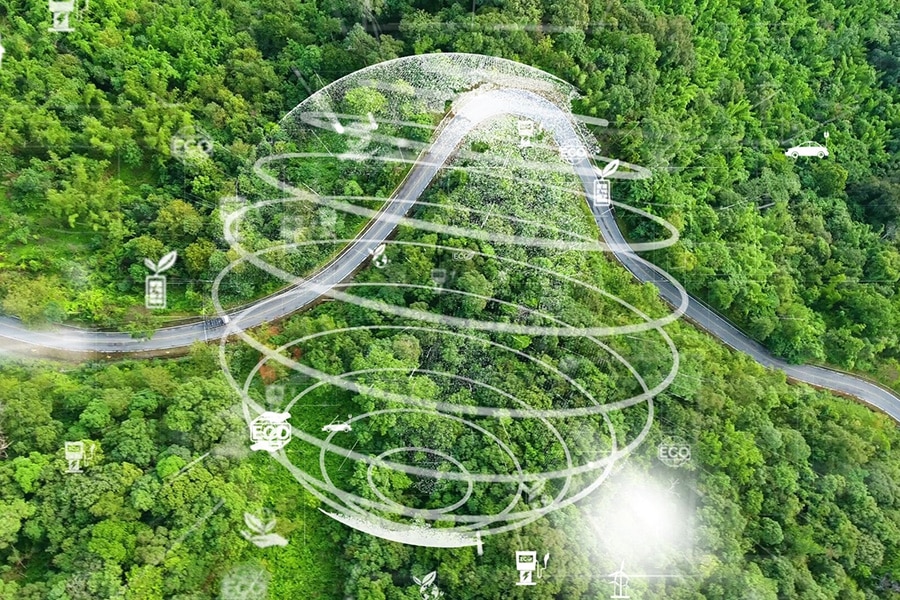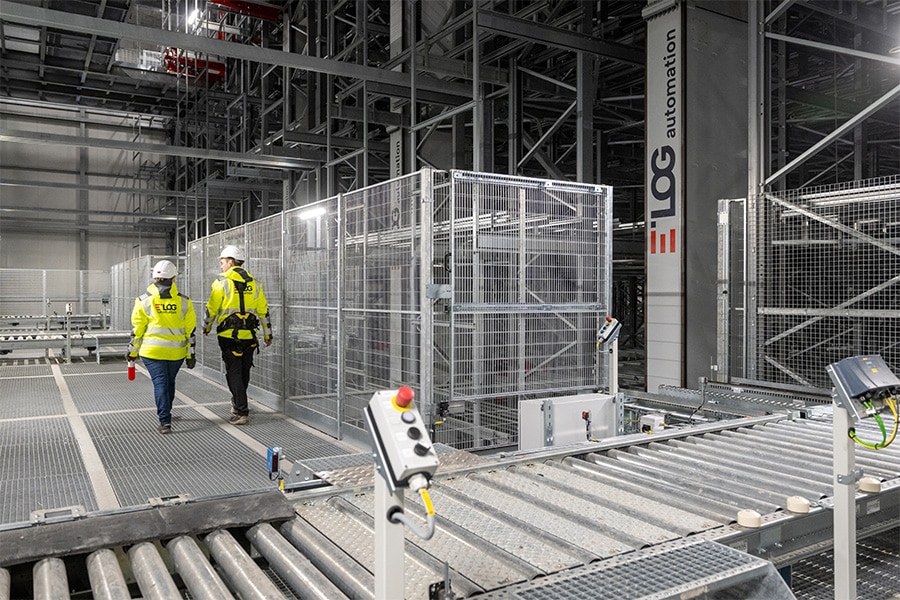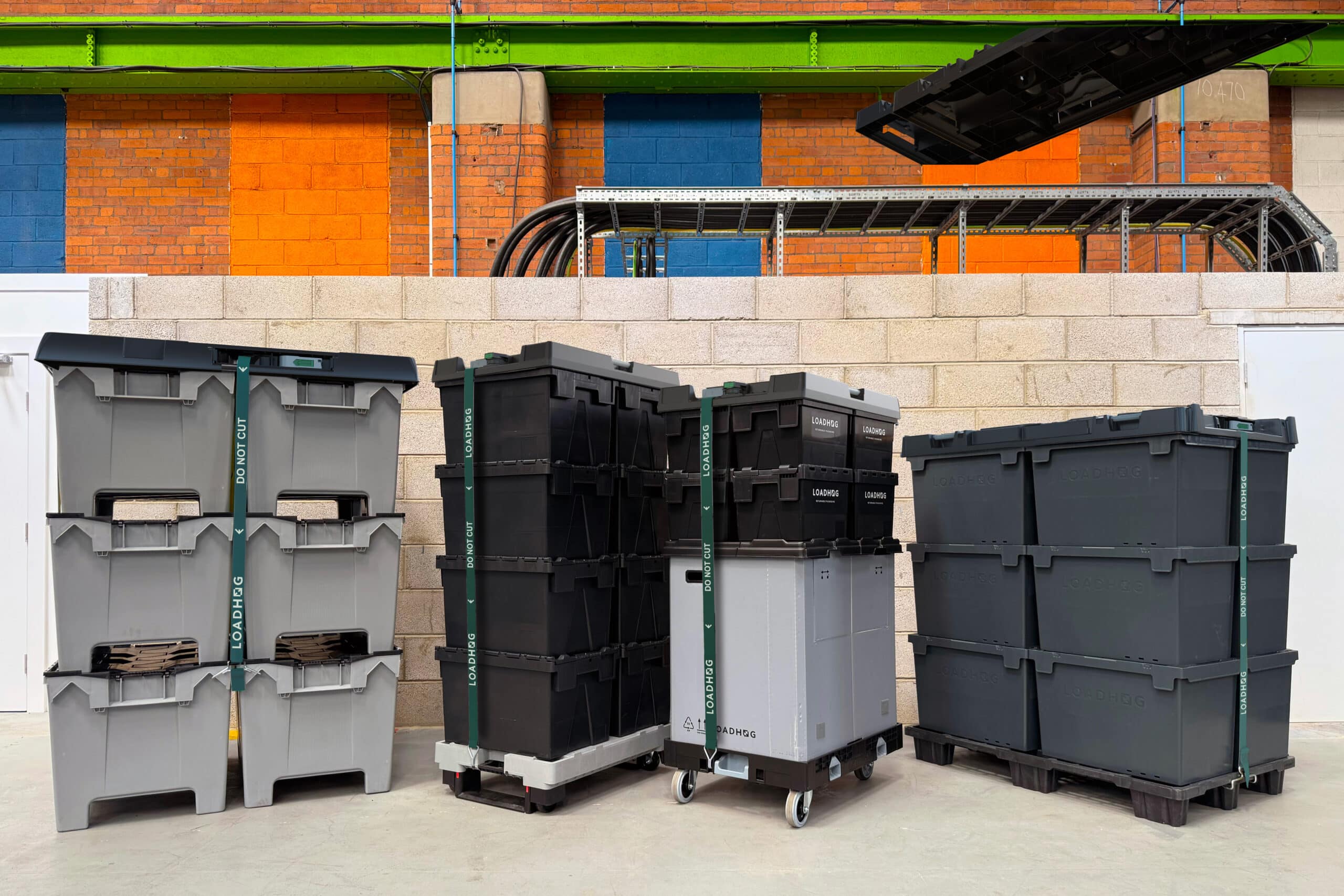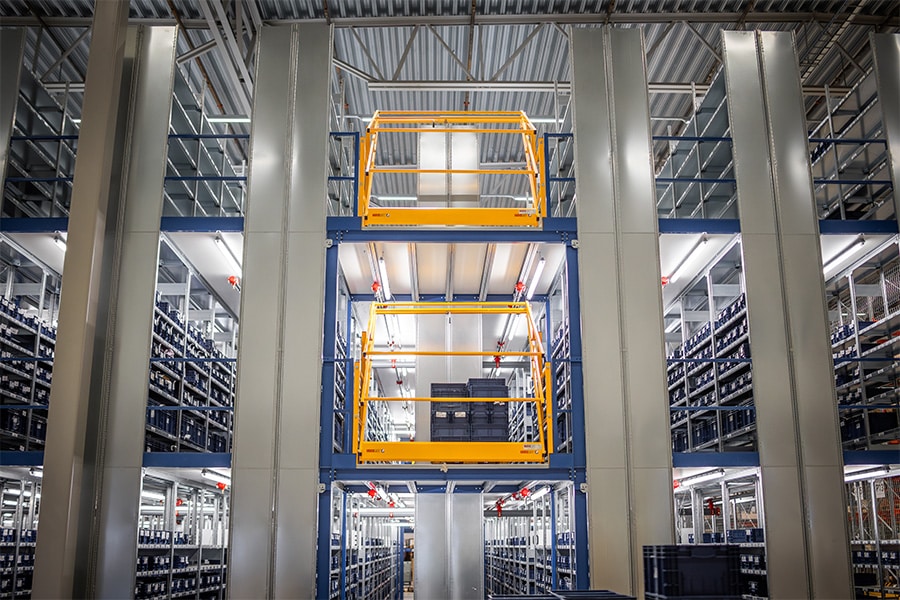
On how to avoid greenwashing
Six steps to reduce supply chains' carbon footprint
According to Accenture research from 2023, supply chains are responsible for about 60% of all CO2 emissions worldwide. If we want to meet net-zero targets and keep temperature rise within the limits of the Paris Agreement, decarbonizing supply chains is an important step.
Too often, organizations are still guilty of "greenwashing": a communication tactic that highlights a relatively small program or product to divert attention from activities or products elsewhere in the company that are less environmentally friendly. To reduce the carbon footprint of supply chains and achieve serious, positive long-term environmental gains, we can no longer zoom in on such small gains. A more holistic, comprehensive view of the supply chain is needed if organizations are to avoid "greenwashing" claims.
These are six strategic and practical steps organizations can take to reduce the environmental impact of their supply chains.

1. Network design
Major gains can be made by redesigning the broader supply chain network. Decisions on warehouse location, for example, should not only be determined by access to customers, but also by access to suppliers. However, there are other areas that need attention. For example, what are multimodal options for making bulk deliveries as sustainable as possible? With a transportation modeler, companies can evaluate the impact of strategic policy decisions on a transportation network using digital replication. Here, alternative policies are generated and compared through a combination of built-in optimization, simulation and analysis tools.
Although network redesign requires the involvement of the entire company, from procurement to store employees, if done effectively, it can lay the foundation for significant environmental gains throughout the supply chain network.
2. Ongoing tactical modeling.
Few companies have the luxury of regularly moving or redesigning their networks. However, this should not stop them from conducting regular evaluations using optimization, simulation and analysis tools to become more sustainable and reduce costs as supply chain networks (and the technologies available to them) continue to evolve.
Optimization engines provide quick initial solutions to specific optimization problems. Simulation engines can evaluate the cost and business impact of policy changes by pushing demand through the network in a particular way. Finally, analysis tools enable the evaluation of multiple policy combinations in parallel using graphs and visualizations.
Measurement, benchmarking and (crucially) business agility are key to maintaining a best-of-breed approach to sustainability within the supply chain.
3. Strategic purchasing
Purchasing transportation capacity is often very rigid. It is based on transportation types, when in fact organizations should consider intermodal services. For example, long-distance road transport could be better served within a limited time by choosing an intermodal option such as "road-rail-road. If time is not a priority for certain things, choosing another combination of options could be more environmentally friendly.
The key assumption is that the entire company, as part of the network design, can and will play a role in the overall sustainability strategy if more fluid, greener options are available.
4. Planning
The effectiveness of planning optimizations to achieve sustainability goals depends on the starting point of a route. For example, maximizing the use of trailers is already an important measure to support a green journey. The most sustainable solution is achieved by looking at the entire life cycle of transportation, as well as empty miles and semi-empty miles, total distance traveled, and time traveled by all modes of transportation involved.
Let's take a closer look at road transportation: after a single delivery of a full truckload (manufacturing, wholesale delivery, deliveries to large supermarkets, etc.), is the capacity of a trailer also fully utilized on the return trip? And is the organization considering return shipments and backhauls (from suppliers) to reduce empty miles? Or with multidrop (milkrun) deliveries, is the sequence most optimal, or do the trucks then drive too many half-empty miles?
Scheduling effectiveness and capacity deployment are all directly linked to network design and tactical modeling decisions that align equipment types, static, dynamic and hybrid routes, store delivery times and ordering frequencies.
Through more effective, strategic approaches to supply chain planning, an organization can truly arrive at an objective, data-based evaluation of the most sustainable route through the network to its final destination, whatever that final destination may be.
5. Selection of carriers
Sustainable carrier selection is similar to replacing fossil fuel vehicles with more efficient vehicles or greener alternatives. Sustainability can be included as a performance factor, such as on-time delivery, to allow a fair comparison between carriers. Measurements are currently based on estimated or complex calculations. However, performance-based measurements are already beginning to play a more important role as criteria for selecting "the most sustainable option.
6. Implementation
Sustainable execution is about being able to respond to changes during and even after shipment. Realistic expected arrival times based on actual traffic information will reduce unnecessary mileage (avoiding a second delivery attempt), while digital self-service can reduce e-commerce returns because consumers can adjust their order up until the moment a package leaves the fulfillment point, regardless of whether that is a warehouse, darkstore or physical store.
A strong digital core, powered by a cloud-native IT platform that leverages readily available data and AI capabilities, is key to building a resilient supply chain and allows organizations to embed sustainability into the foundations of their supply chains.
Technologies that work together in parallel and fluidly can provide more accurate planning, advanced scenario modeling, product testing, manufacturing process simulation, transportation optimization and improved customer transparency. These are all central factors for organizations with long-term goals to reduce the environmental impact and carbon footprint of their supply chains.



